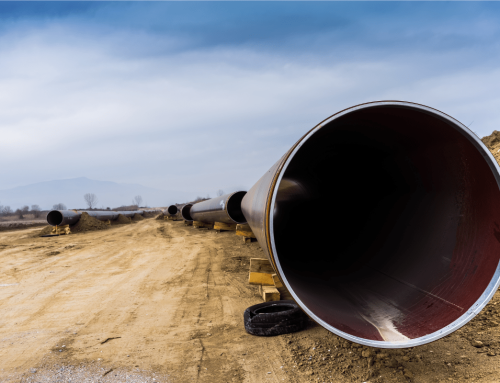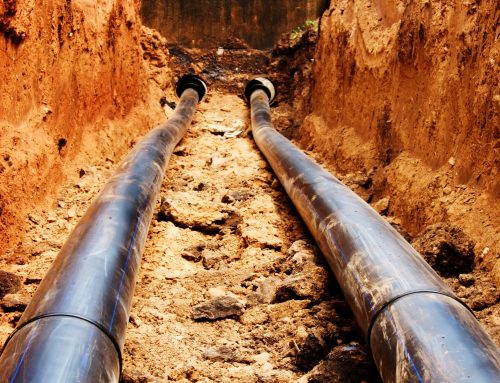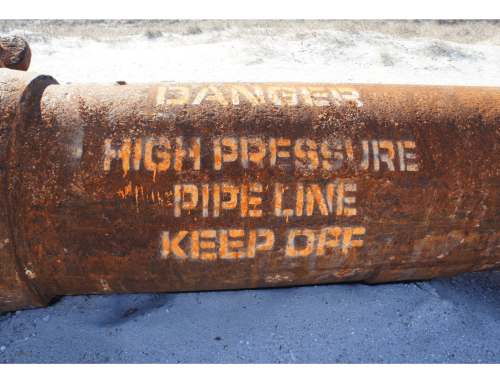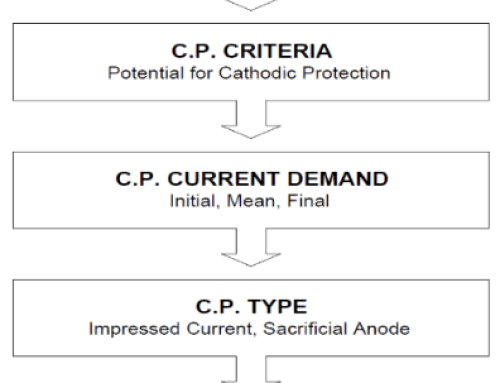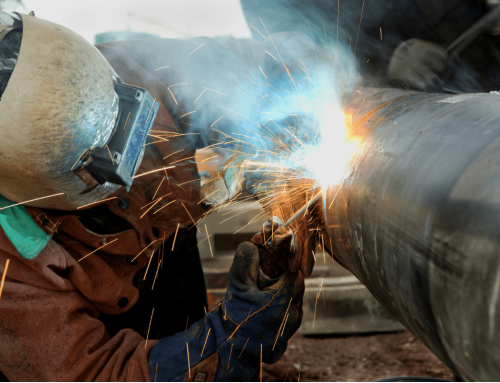Mitigating Hydro Fracture in HDD: Understanding Risks, Prevention, and the Role of HDDPT
By David Willoughby
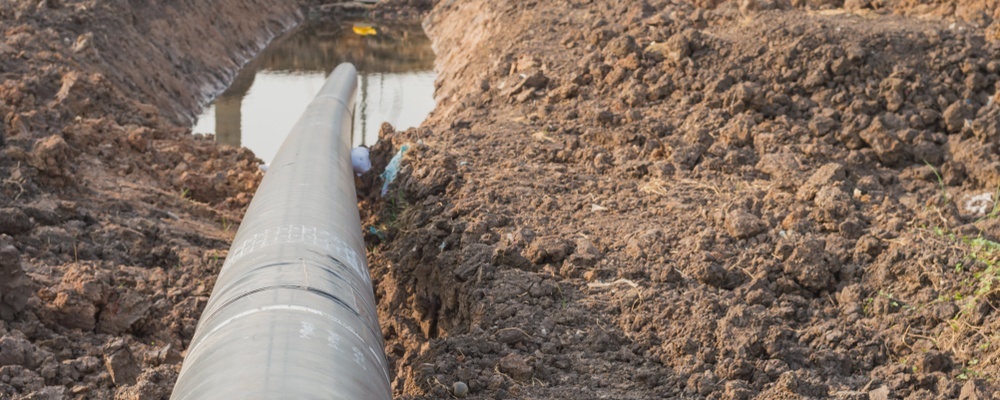
What is Hydro Fracture (Frac-Out)?
is a result of the drilling fluid pressure exceeding the confining strength of the soils surrounding the borehole. The excess pressure fractures the soil around the bore, allowing drilling fluid to escape from the borehole and potentially migrate to the ground surface. The risk of releasing drilling fluids to the surface has become an increasingly significant issue for HDD operations.
Drilling fluids used in HDD are usually a non-toxic fluid containing mainly fresh water and 2% to 4% bentonite. Still, accidental surface returns can be detrimental in environmentally sensitive areas and can impact fish and wildlife habitats. However, surface fluid returns are usually more of an eyesore than an environmental catastrophe.
Conditions Leading to Hydro Fracture
The risk of frac-out can be reduced by proper HDD design and good drilling practices. Hydro fracture occurs in non-fissured cohesive soils when the pressure gradient in the borehole exceeds the formation pressure gradient. This happens when the drilling fluid pressure exceeds the strength and confining stress of the surrounding soils. Under these conditions, the pressure fractures the soil around the borehole wall and allows the drilling fluid to escape the annulus.
The likelihood of this occurring is often modeled with the cavity expansion model. This model was first applied in 1988 and has been verified by many sources including the Army Corps of Engineers.
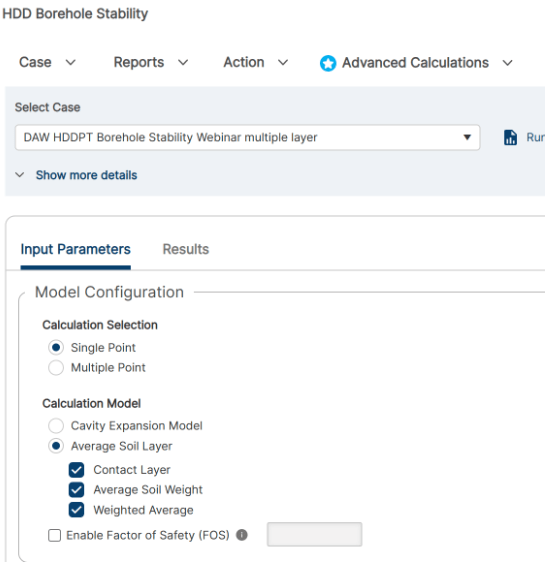 Hydraulic fracture may occur in cohesive soils when the drilling fluid pressure within the borehole exceeds the strength of the surrounding soils and allows the drilling fluids to escape the annulus.
Hydraulic fracture may occur in cohesive soils when the drilling fluid pressure within the borehole exceeds the strength of the surrounding soils and allows the drilling fluids to escape the annulus.
Determining the Risk of Hydro Fracture
The first step in determining the risk of hydro fracture is to determine the maximum allowable pressure at selected points of interest along the drill path. This is typically done with the Delft Equation and is primarily based on depth of cover, water table, and soil conditions.
The next step is to determine the minimum required drilling fluid pressure to maintain flow for the HDD. Minimum required pressure is a combination of the static fluid head pressure that must be overcome and the dynamic frictional resistance from the bore wall. The minimum required pressure needs to be considerably lower than the maximum allowed pressure to reduce the chance of hydro fracture.
The highest drilling fluid pressures are often experienced during the pilot bore because of the smaller annulus and one-way flow path. Pressures during pullback can also be high because the product pipe reduces the annular space. Use the maximum and minimum calculated pressures to check the chance of hydro fracture in areas of interest such as low earth cover, utility crossings, water crossings, highway crossings, environmentally sensitive areas, and at large distances from the entry point.
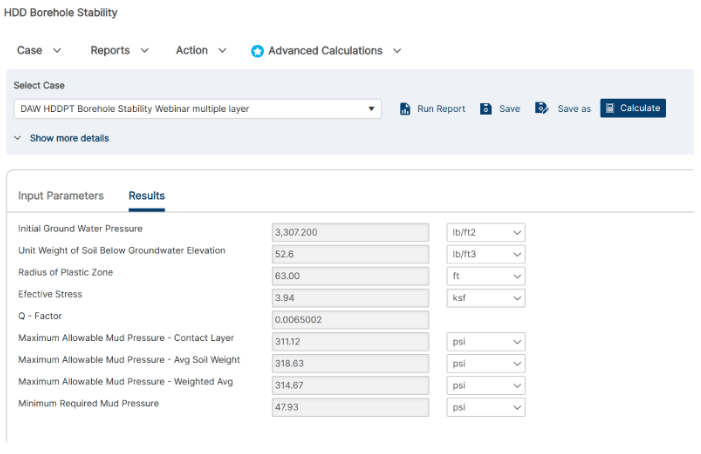 How HDDPT Helps Mitigate Hydro Fracture
How HDDPT Helps Mitigate Hydro Fracture
The Technical Toolboxes HDDPT is an effective computer tool for conducting the cavity expansion model for HDD crossings. Utilizing site specific data, the HDDPT can be used to calculate the risk of hydro fracture at various points along the HDD crossing.
More on HDD Techniques
For more information regarding this blog topic, read our Soil Type Impact in HDD blog or join me in my self paced training on Advanced HDD for Pipelines. You can also contact me, the author, David Willoughby, at [email protected]
Suggested Post
How Utility Teams are Standardizing Pipeline Calcs
How Utility Teams are Standardizing Pipeline Calcs By Kesley Price Engineering teams working in [...]
GASCalc and GASWorkS are Now Part of Technical Toolboxes
GASCalc and GASWorkS are Now Part of Technical Toolboxes We are pleased to announce that Technical Toolboxes has acquired the [...]
Optimizing AI in Midstream Asset Integrity: Lessons from the Experts
Optimizing AI in Midstream Asset Integrity: Lessons from the Experts By Nick Rendall [...]





